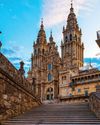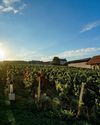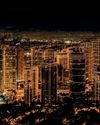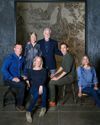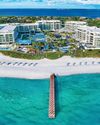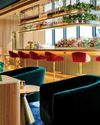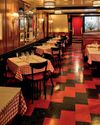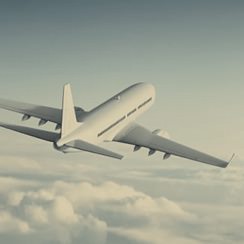Business Traveler US Magazine - December 2025

Holiday Sale
1767430799
Go Unlimited with Magzter GOLD
Read Business Traveler US along with 10,000+ other magazines & newspapers with just one subscription
View CatalogSubscribe only to Business Traveler US
Cancel Anytime.
(No Commitments) ⓘIf you are not happy with the subscription, you can email us at help@magzter.com within 7 days of subscription start date for a full refund. No questions asked - Promise! (Note: Not applicable for single issue purchases)
Digital Subscription
Instant Access ⓘSubscribe now to instantly start reading on the Magzter website, iOS, Android, and Amazon apps.
Verified Secure
payment ⓘMagzter is a verified Stripe merchant.
In this issue
HAUTE CUISINE CHEF DANIEL BOULUD HITS THE HEIGHTS WITH HIS GLOBAL RESTAURANTS, PRODUCT LINES AND TRAVEL COLLABORATIONS
Business Traveler US Magazine Description:
Business Traveler US Magazine is a monthly magazine published by Ink Global. It was first published in 1994 and is aimed at business travellers.
The magazine covers a wide range of topics related to business travel, including news, reviews, and advice. It also publishes articles on a variety of other topics, such as health, fitness, and personal finance.
Business Traveler US Magazine is aimed at a wide audience of business travellers, from casual readers to serious jet-setters. It is a popular resource for anyone who wants to stay up-to-date on the latest business travel trends or who wants to learn more about how to travel better.
Here are some of the things you can expect to find in Business Traveler US Magazine:
* In-depth reporting on business travel news and trends
* Reviews of hotels, airlines, and other travel services
* Advice on how to travel better, including tips on packing, staying healthy, and managing stress
* Features on business travel destinations and experiences
* Interviews with business travellers and travel experts
Business Traveler US Magazine is the perfect resource for anyone who travels for business. Subscribe today and start staying ahead of the curve!
Recent issues

November 2025

October 2025

September 2025

August 2025

July 2025

June 2025

May 2025

April 2025

March 2025

February 2025

December 2024/January 2025

November 2024

October 2024

September 2024

August 2024

July 2024

June 2024

May 2024

April 2024

March 2024

February 2024

December 2023 - January 2024

November 2023

October 2023

September 2023

August 2023

July 2023

June 2023

May 2023
Related Titles

Newsweek US

Entrepreneur US

Fortune US

Fast Company

Inc.

TradersWorld

CODE Magazine

PEN WORLD

Writer’s Digest

Farming Magazine

Truck N Trailer

Central Florida Ag News

F100 Builders Guide

C10 Builders Guide

IssueWire

The Blueberry News

Swan

Best of DC

NEW ACCOUNTANT INTERNATIONAL EDITION

SUCCESS magazine

FemFounder

Book Dealers World

B2B Magazine

Speak For Wealth

Best of Omaha

TOP 100 Real Estate Brokers & Developers 2022 by Luxury Lifestyle Awards

Inventors Digest

The WOOL Book

Premier Flooring Retailer

Mississippi Market Wholesale Show




